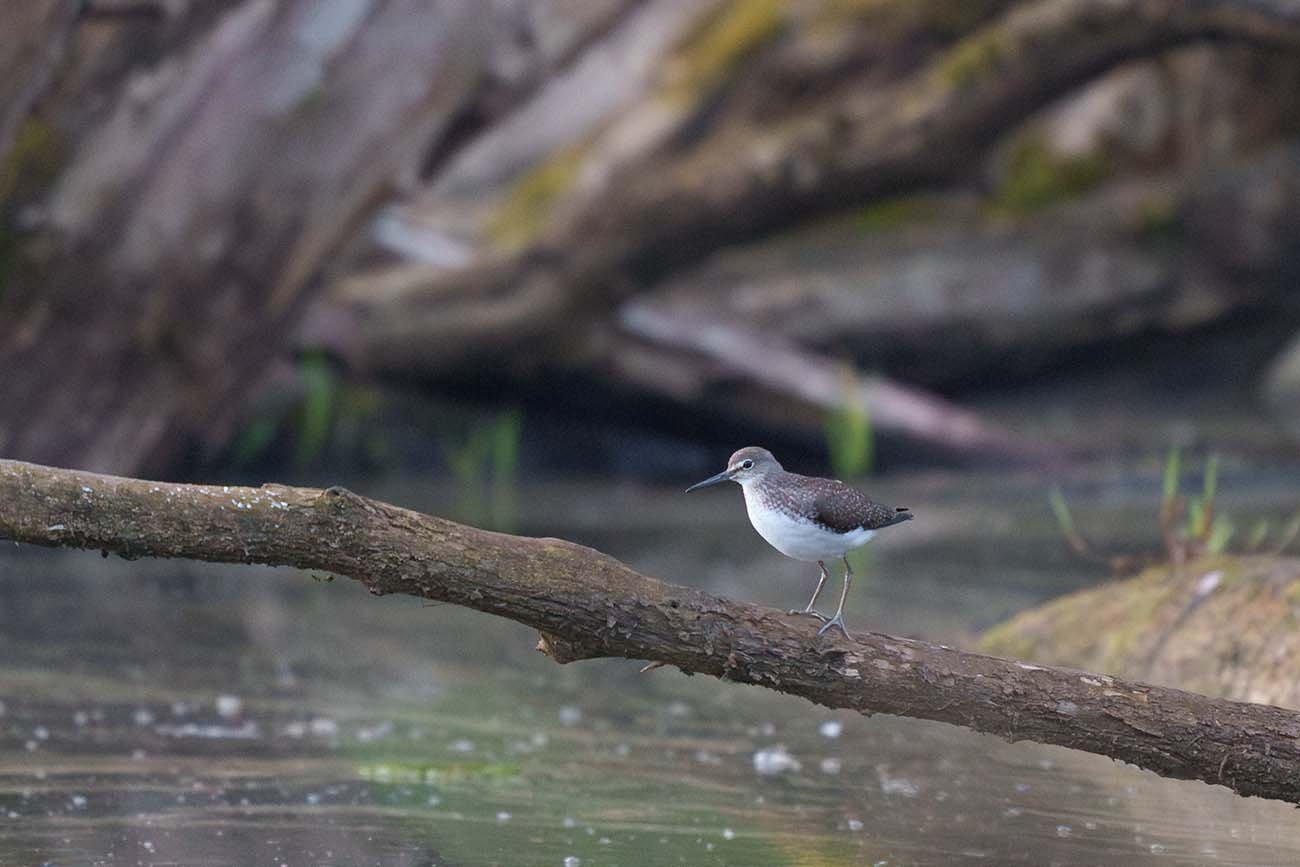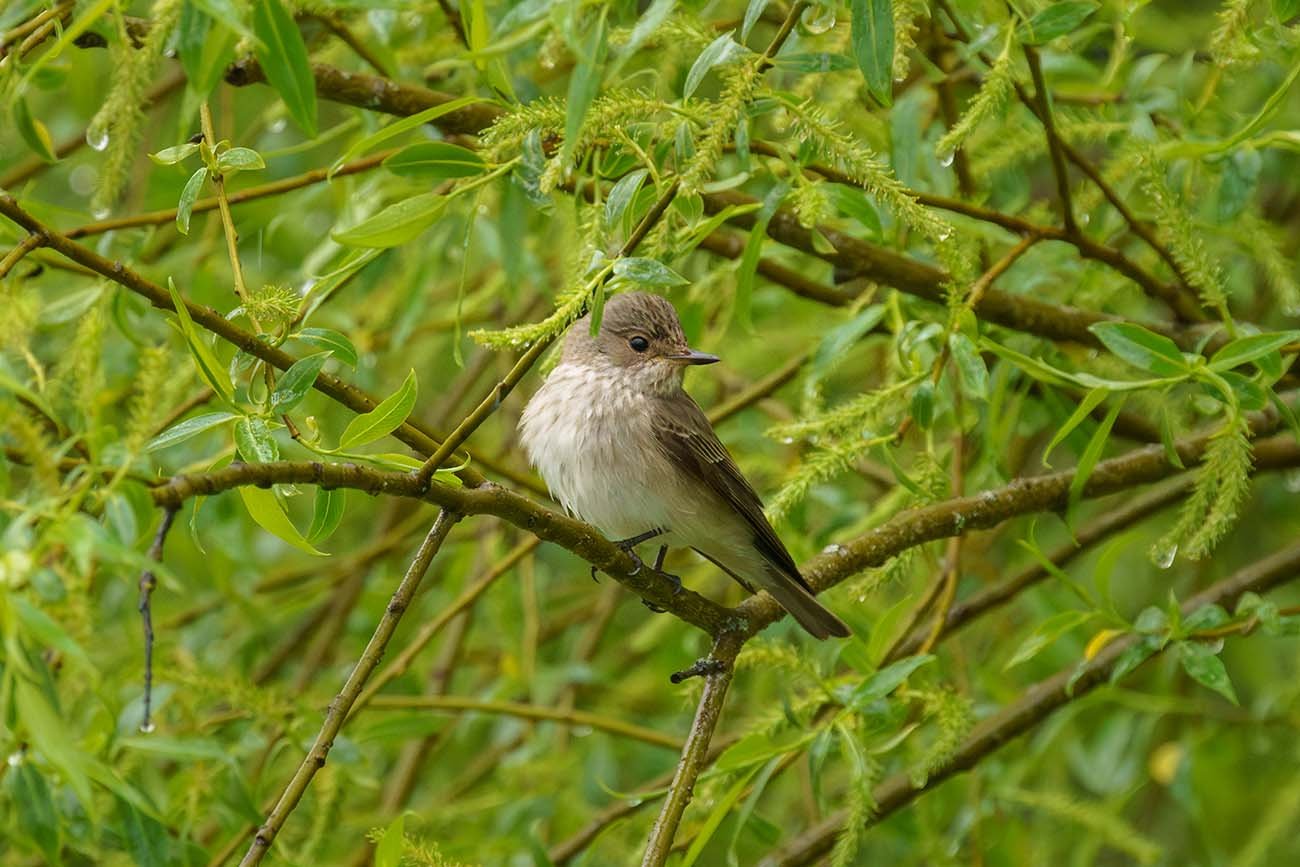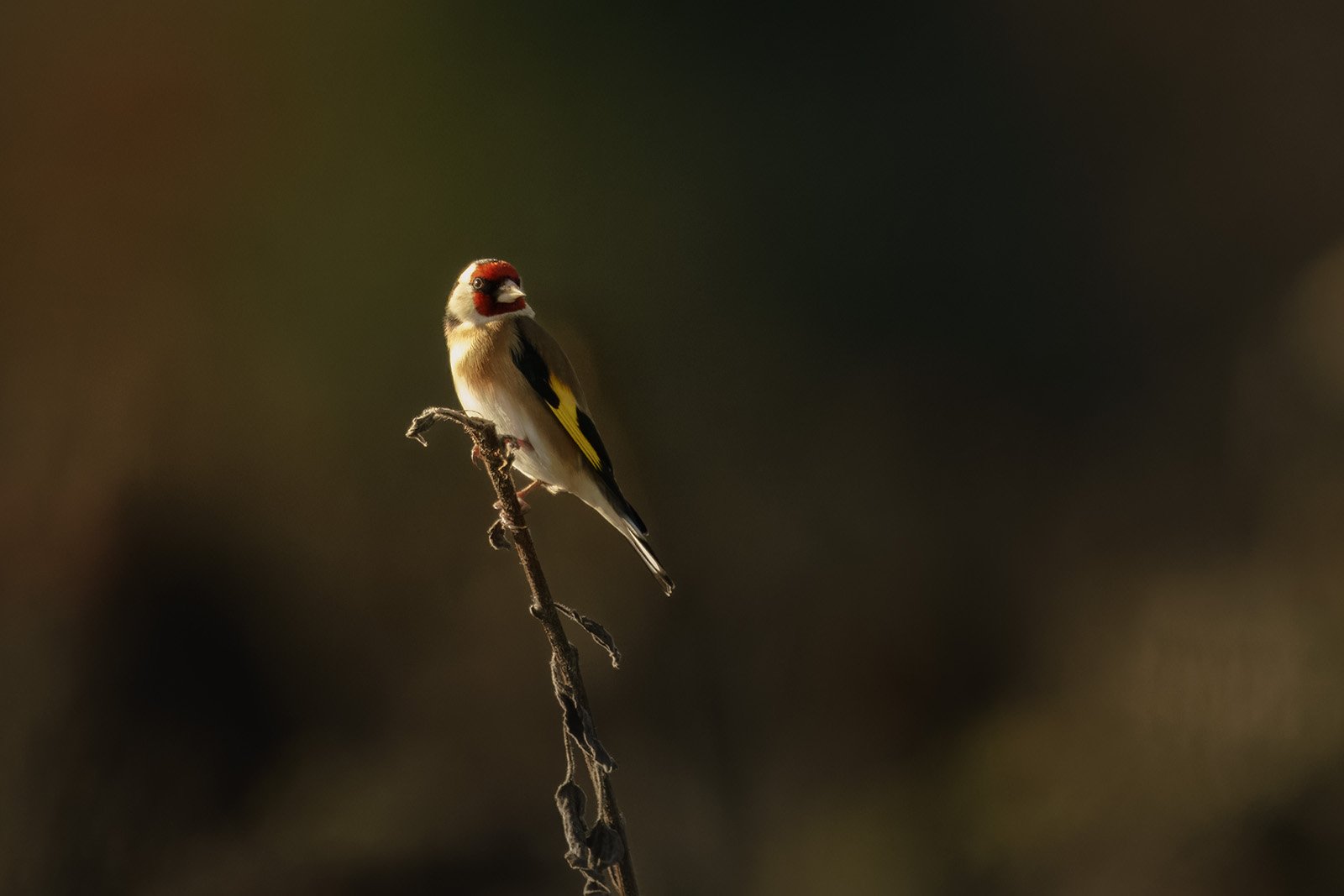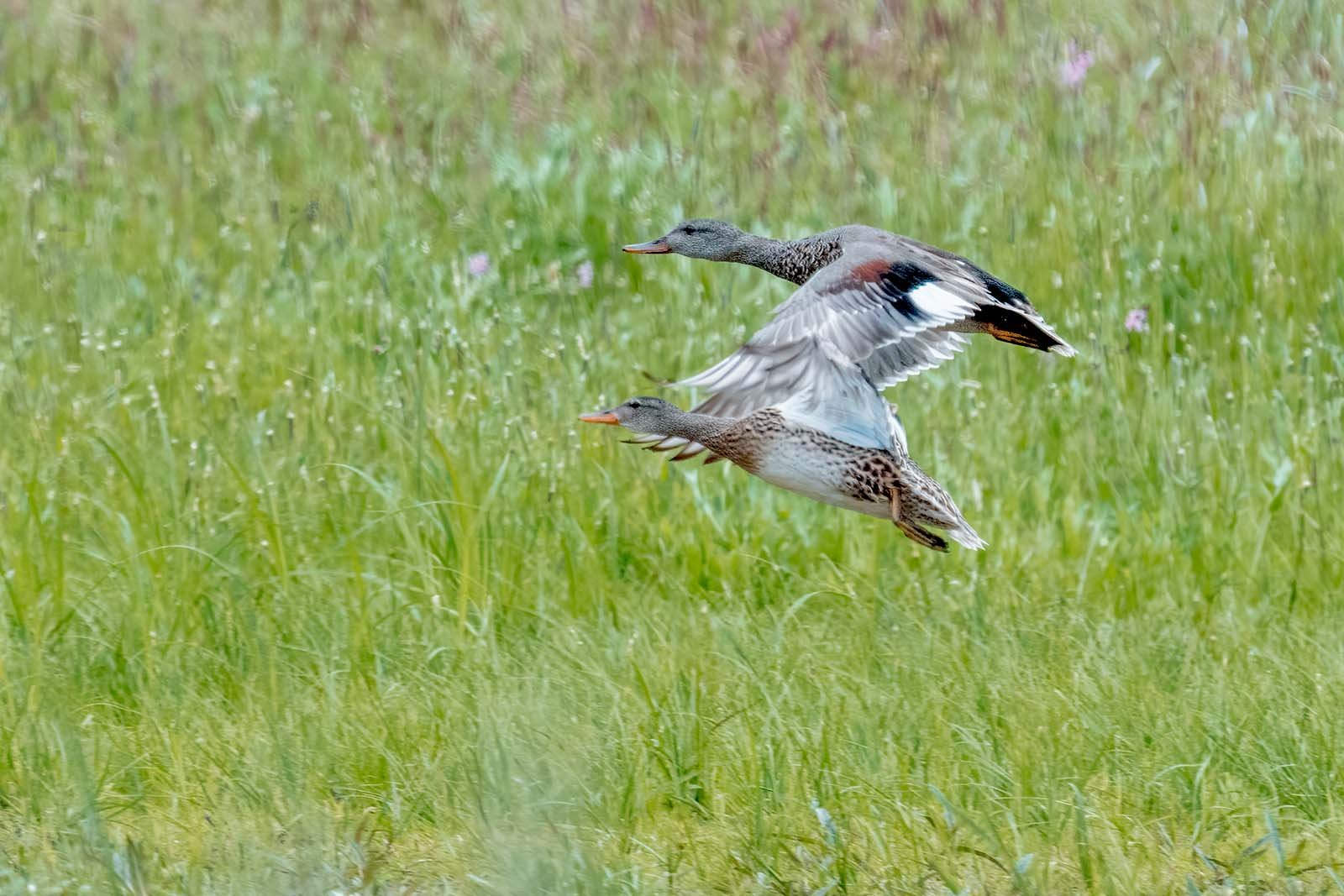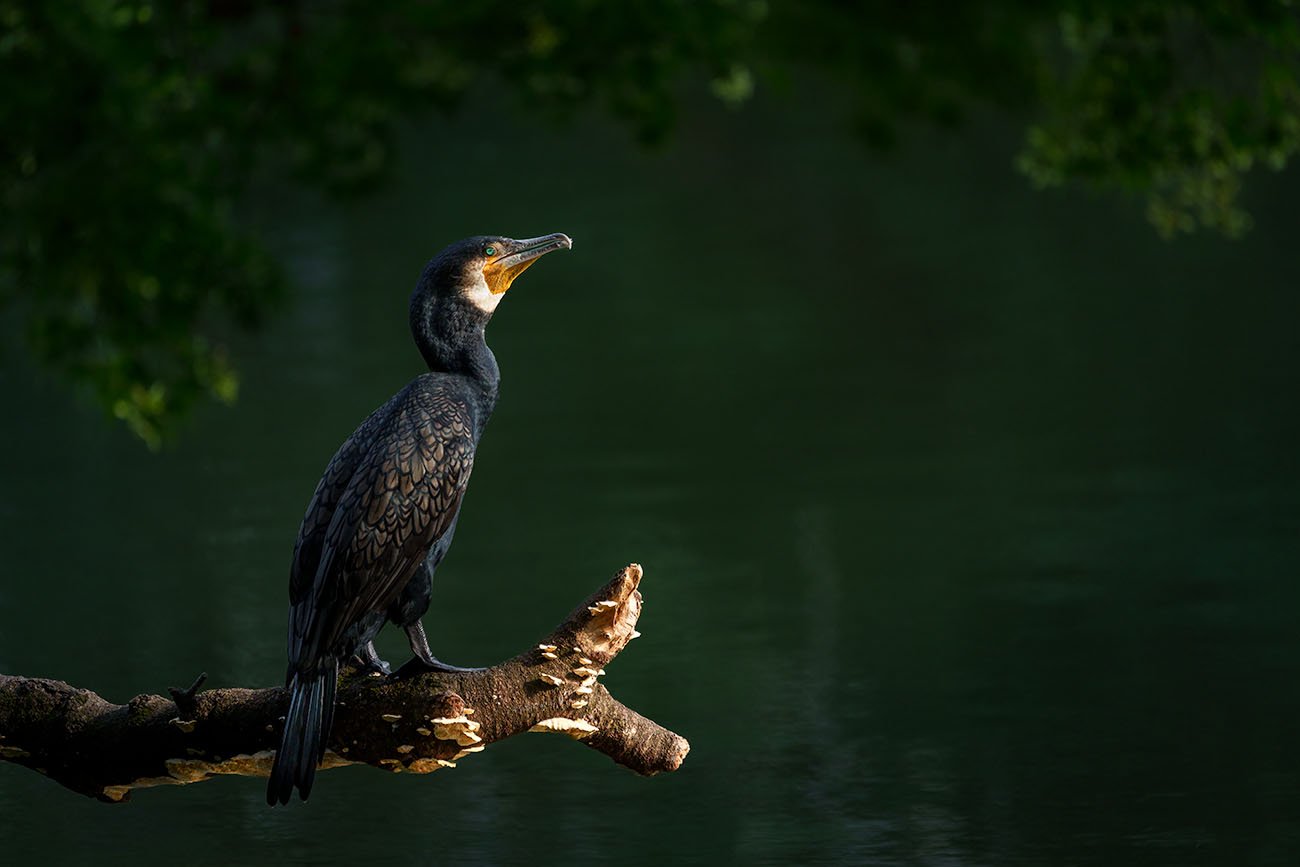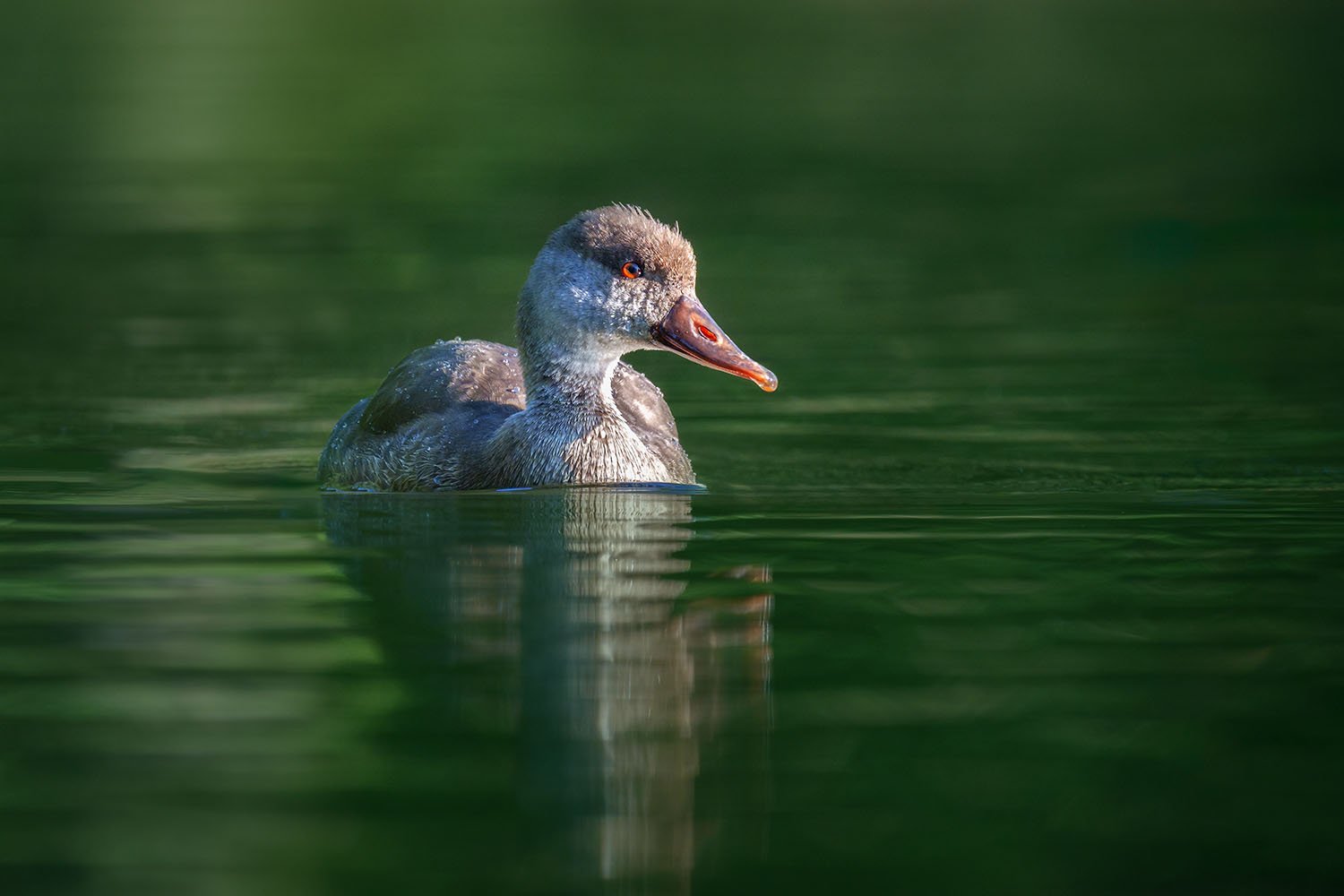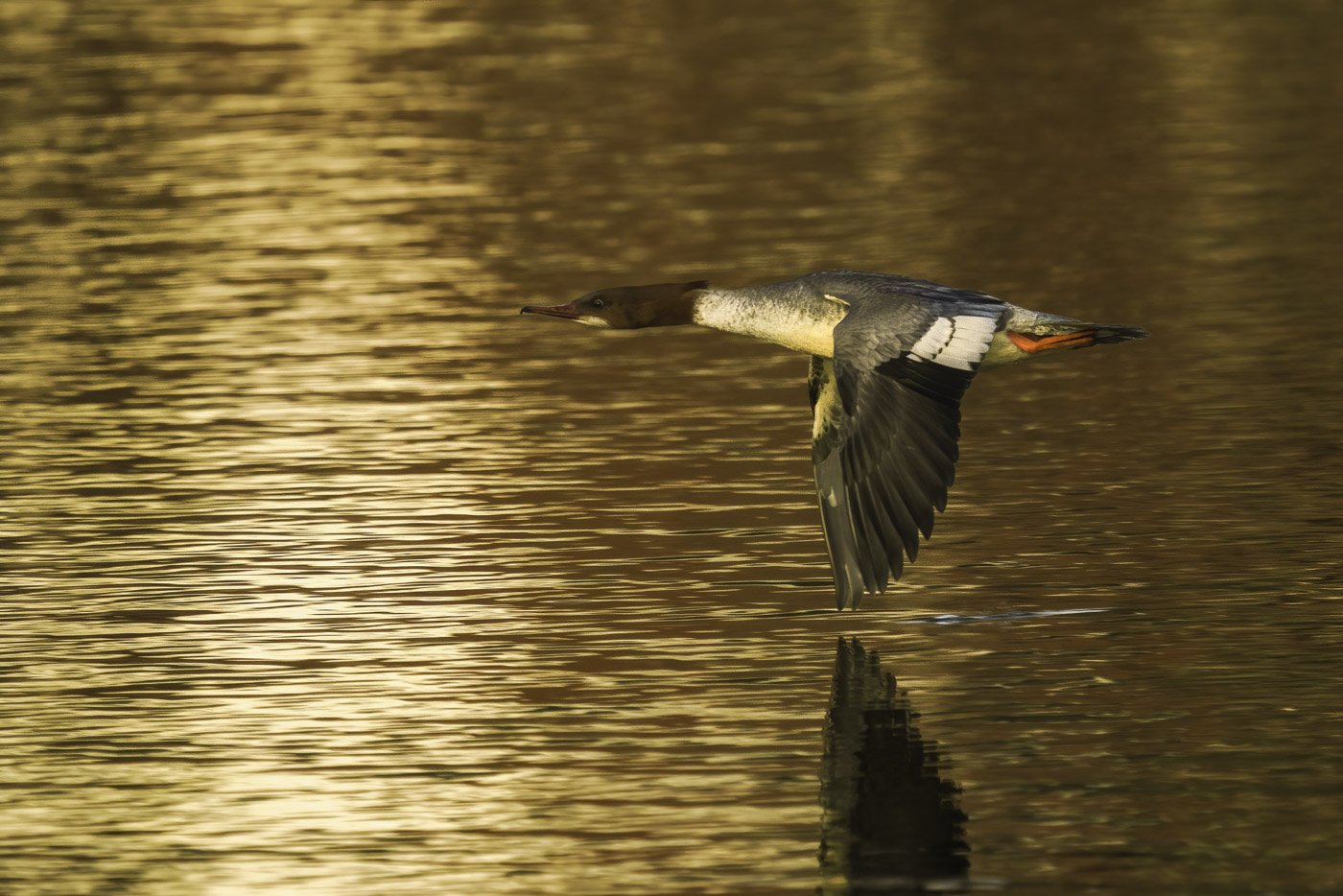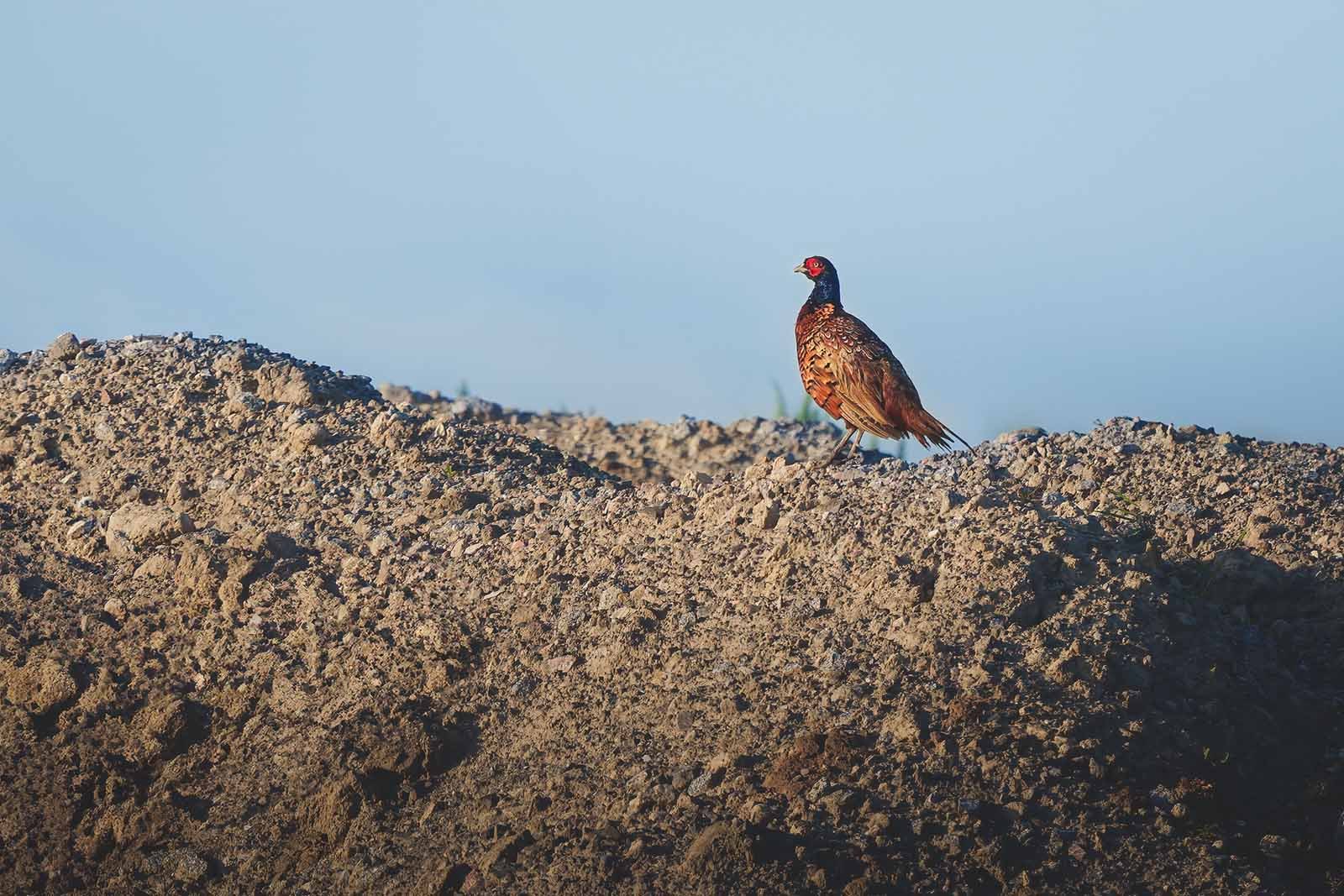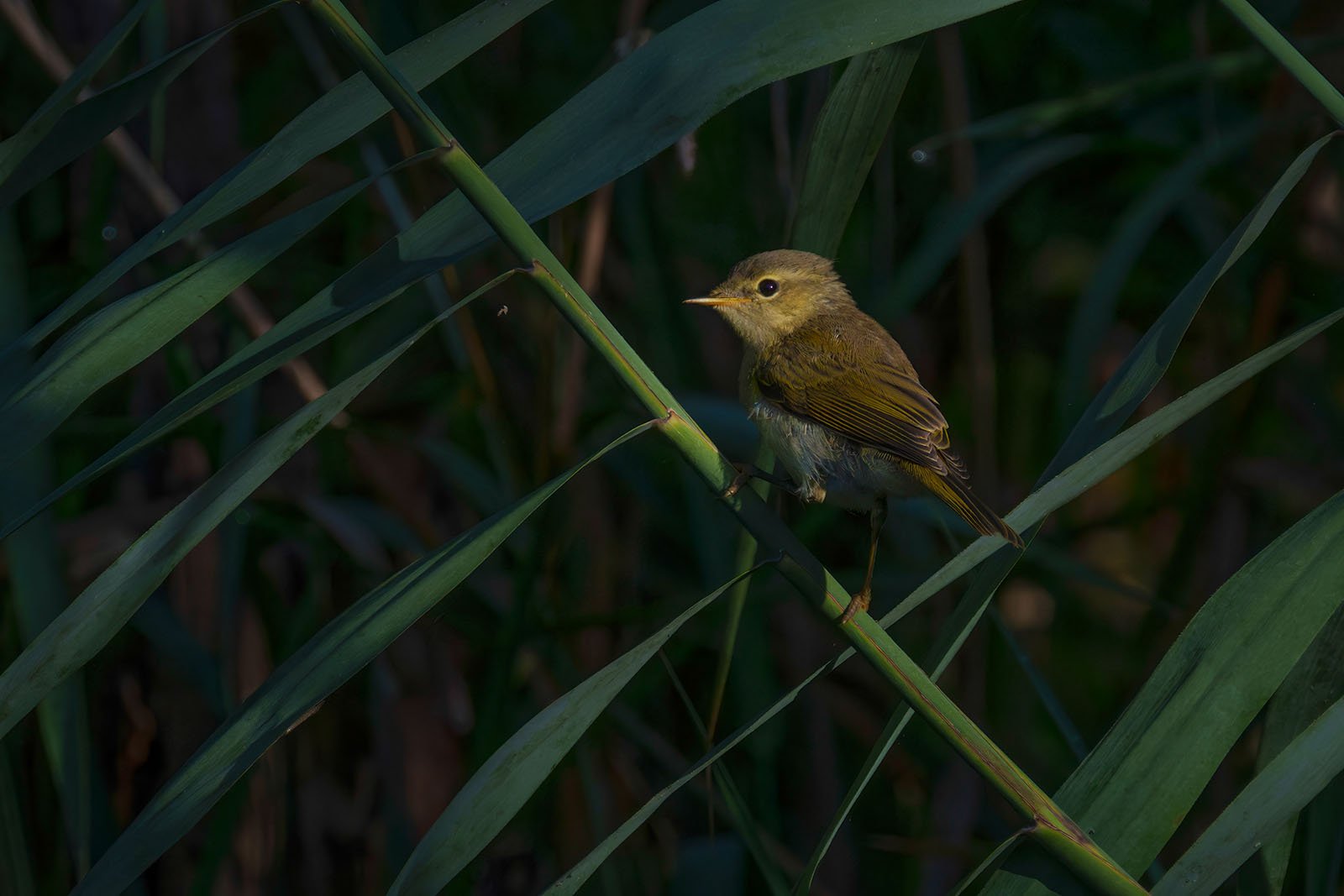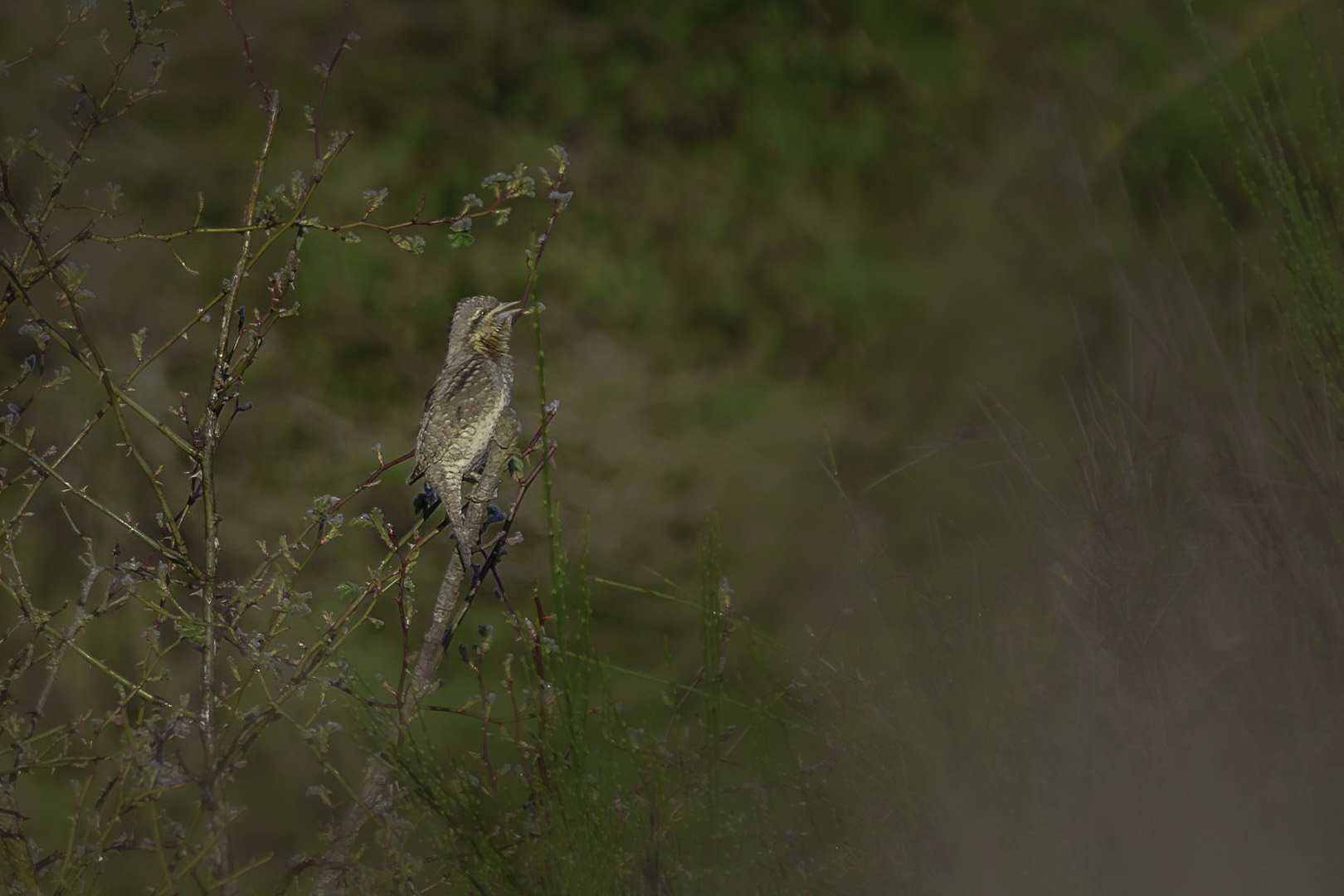Eurasian siskin (Spinus spinus)
Eurasian siskin (Spinus spinus) – Image was made at Bavaria, Germany
Key data:
Size: 12 cm
Weight: 12 -15 g
Food: Alder seeds, birch seeds, seeds from trees in general
Season: resident bird
Beobachtungstipp:
Summer: Coniferous forests, mixed forests, spruces, alders, and birches
Winter: Also in parks and gardens
Photography tips:
Lens: 400 mm
Level of difficulty: easy
The Eurasian Siskin (Spinus spinus) is a small and sociable bird, a member of the finch family, found in forested areas throughout Europe and Euro-Siberia. Its diet consists mainly of various seeds, with a preference for alders and conifers. Males are characterized by their yellow face and breast, accompanied by a black cap, while females exhibit a more inconspicuous gray-striped pattern. These birds display a unique migration pattern, often venturing south in large numbers during winter. Tall spruces are their preferred breeding sites, where they build nests from grasses and mosses. Females lay three to five eggs, incubated for approximately 13 days before hatching. The nestlings are then nourished with aphids and caterpillars until they develop the ability to fly.
Distinguished from similar finch species by its distinct feather coloration, the Eurasian Siskin's upper side is greenish-gray, and its underside is gray-white striped. Its wings are black with a prominent yellow wing band, and the tail is black with yellow sides. Males have a predominantly yellow face and breast, along with a well-defined black cap, while females and young birds display a greenish-gray head without a cap. The Eurasian Siskin is an amicable, sociable, and active bird, known for its pleasant mix of chirping and trilling, which has led to its popularity in captivity.
These birds exhibit an unusual migration pattern, characterized by large group migrations southwards every few years during winter. The reasons for this behavior remain unclear but may be related to weather conditions and food availability. In areas with sufficient food supply, they may remain and overwinter. Eurasian Siskins are agile feeders, often adopting an upside-down position similar to tits, and can be observed at bird feeding stations in gardens.
Eurasian Siskins, among the smaller finch species, have a body length of approximately 12 centimeters and a wingspan ranging from 20 to 23 centimeters. They weigh between 12 and 15 grams. Males exhibit black-yellow-green coloring with a black forehead and chin, a yellow head with green cheeks, a gray-green back, and black wings featuring a yellow band. Females are more inconspicuous, displaying gray-green and striped patterns with a light gray belly and wings with yellow and green areas. The male's song is characterized by a hurried, chirping, scraping, and grinding quality, often delivered from treetops or while in flight.
The name "Eurasian Siskin" reflects the bird's primary dietary preference for seeds from alders and birches. However, they also consume other seeds, primarily from trees, as well as nuts and occasional insects.
Eurasian Siskins favor tall spruces as breeding sites and construct nests using grasses and mosses. Females lay three to five eggs, which are incubated for around 13 days. The nestlings are fed aphids and caterpillars until they fledge at approximately 13 days of age.

